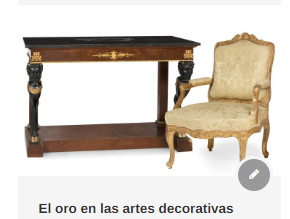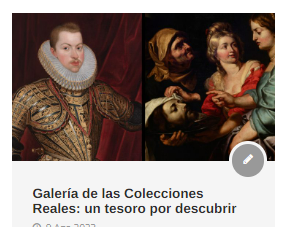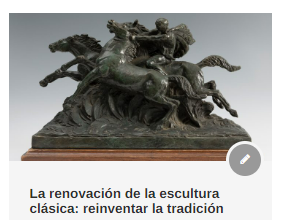Metal masters: shine & patina
Setdart will be auctioning an interesting set of 19th and 20th century French and Belgian bronzes, an excellent opportunity to include some of the masters of this alloy in our collections.
A debtor of monumental sculpture, bronze has enjoyed the attention of the great European courts since the 16th century, making a place for itself in the most important collections of the old continent. It has played a key role in diplomatic relations between the different monarchies, being suitable as gifts, for example, in gratitude for favours or, on the contrary, in order to obtain them. Their small size has been an advantage for artists and collectors, as they require less metal and their lightness makes them easier to transport, characteristics which have encouraged their diffusion.
From the outset, small-sized bronzes were conceived as collector’s items, destined to adorn the wunderkammer or chambers of wonders of the high nobility, as they reproduced the classical statuary recently discovered in Quattrocento Italy. Such was its success that the bronze makers had to manage to preserve the original model and cast more than one copy.
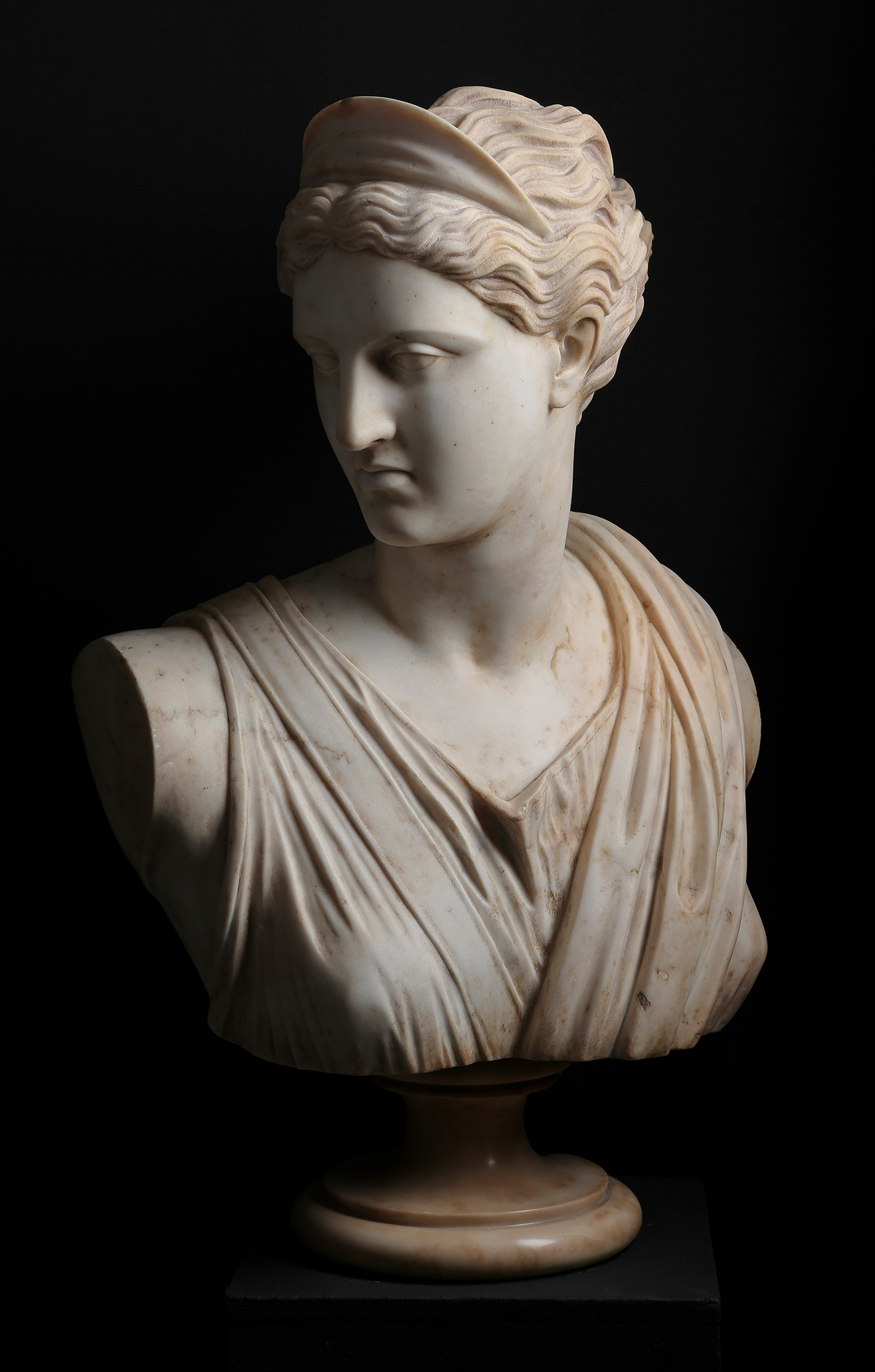
However, the transformation of the bronze industry would come in the first third of the 19th century in France, with Achille Collas, who patented a machine capable of reproducing sculptures on a smaller scale, the réduction méchanique, and the foundry houses themselves, which allowed artists to mass-produce their pieces. Examples of this are to be found in the pieces by the Belgians Léandre Grandmoulin and Albert Hambresin, whose signatures are accompanied by the signatures of the Fonderie Nationale Des Bronzes and the Compagnie des Bronzes de Bruxelles respectively.
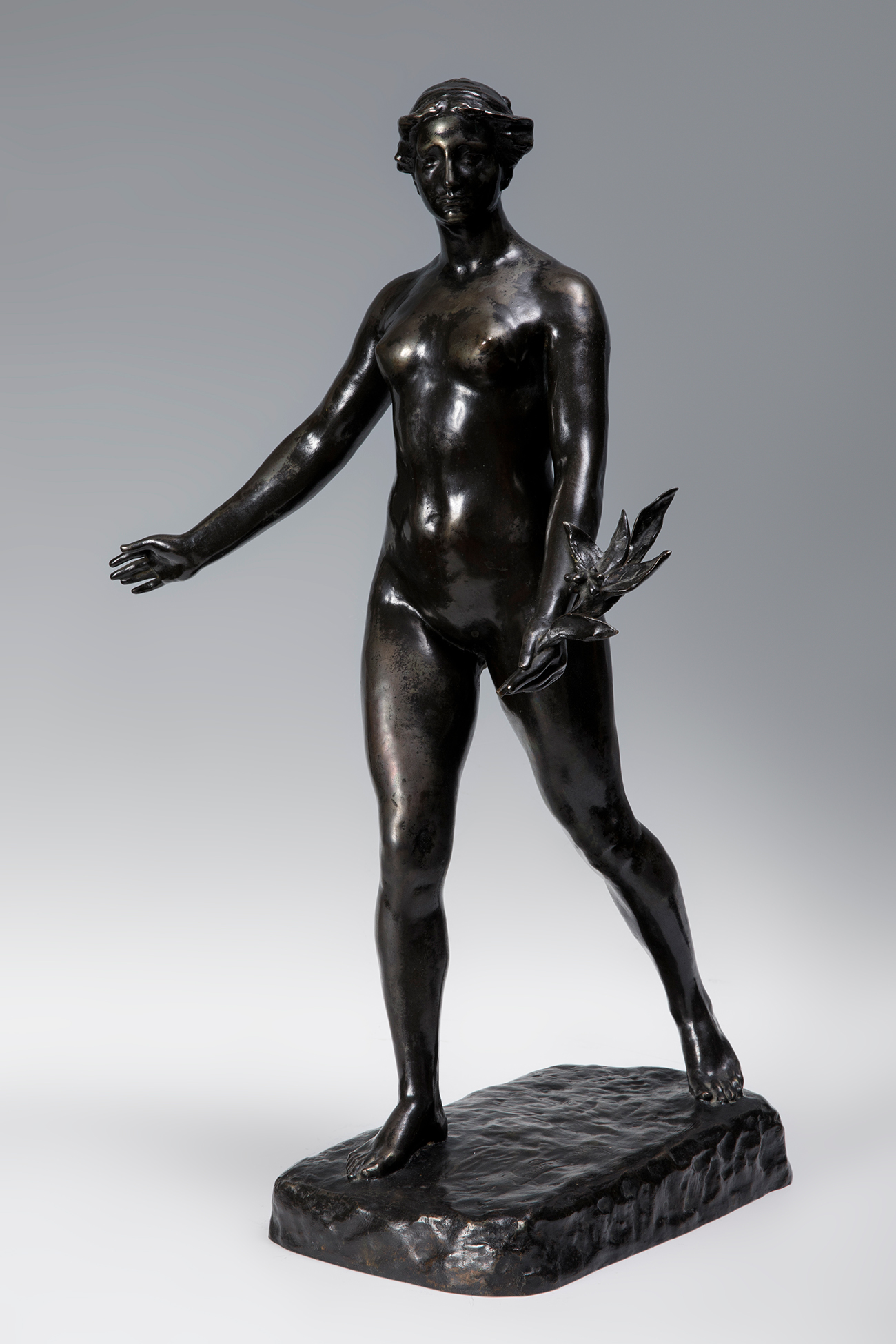
Of all the artists who began to work in bronze in nineteenth-century France, thanks to the possibilities it offered, Auguste Rodin, who made this shiny metal his hallmark, was the protagonist. The pieces by the Parisian, when they are in large format, can fetch millions at auction, which speaks of the high esteem in which the market holds the sculptor, while the figures for his small-format pieces are more modest, though by no means negligible. To give an example, the same piece we can see in Setdart, the bust of Suzon, with the same casting marks, was auctioned at Christie’s Paris, with an identical estimate, and ended up fetching 30,000 euros. It can also be found in various museums, such as the Musée Rodin and the Brooklyn Museum.
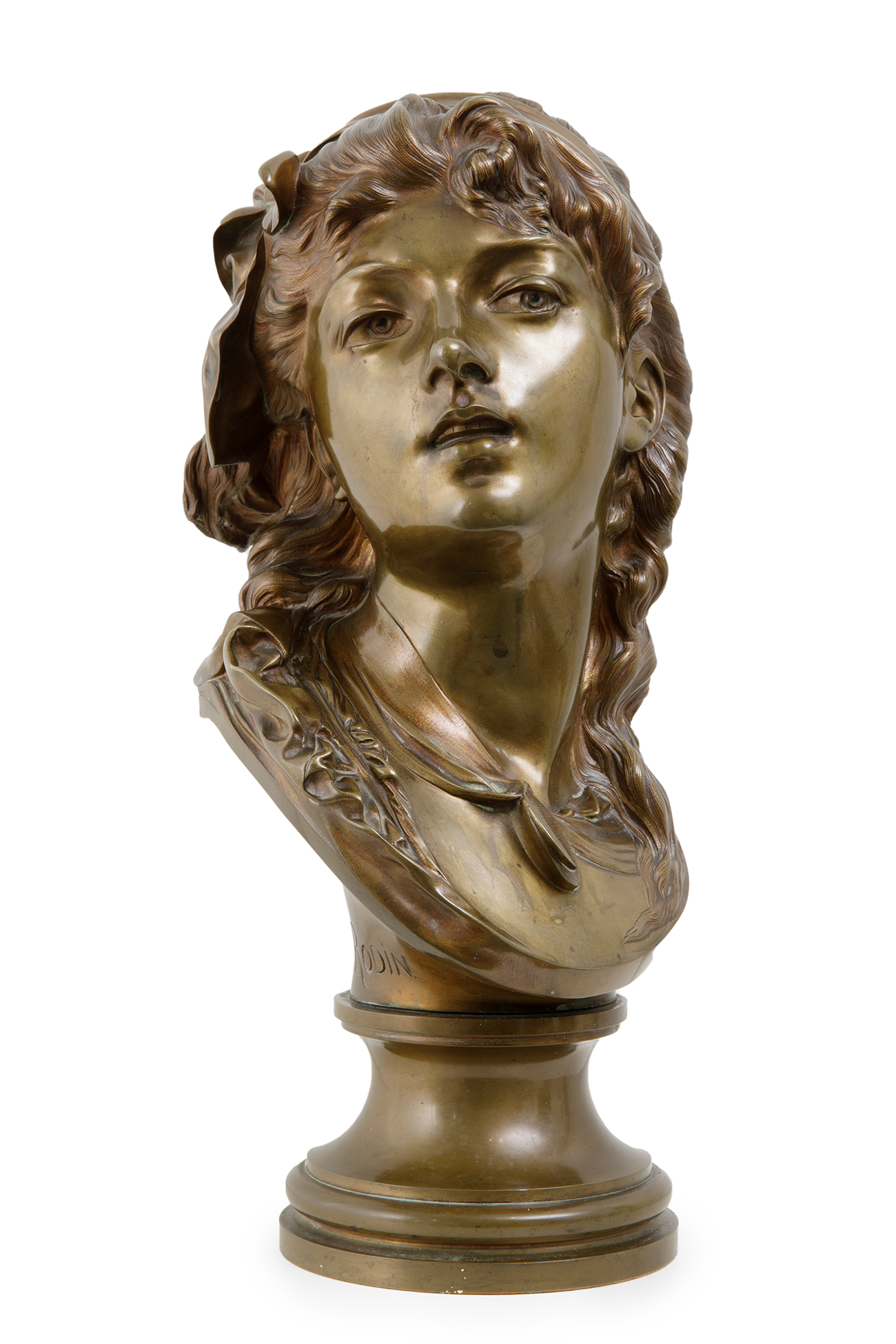
Small-format bronze has been and continues to be a safe bet for collectors, being pieces born for art lovers, combining the expressiveness of sculpture and the virtuosity of the miniature.

